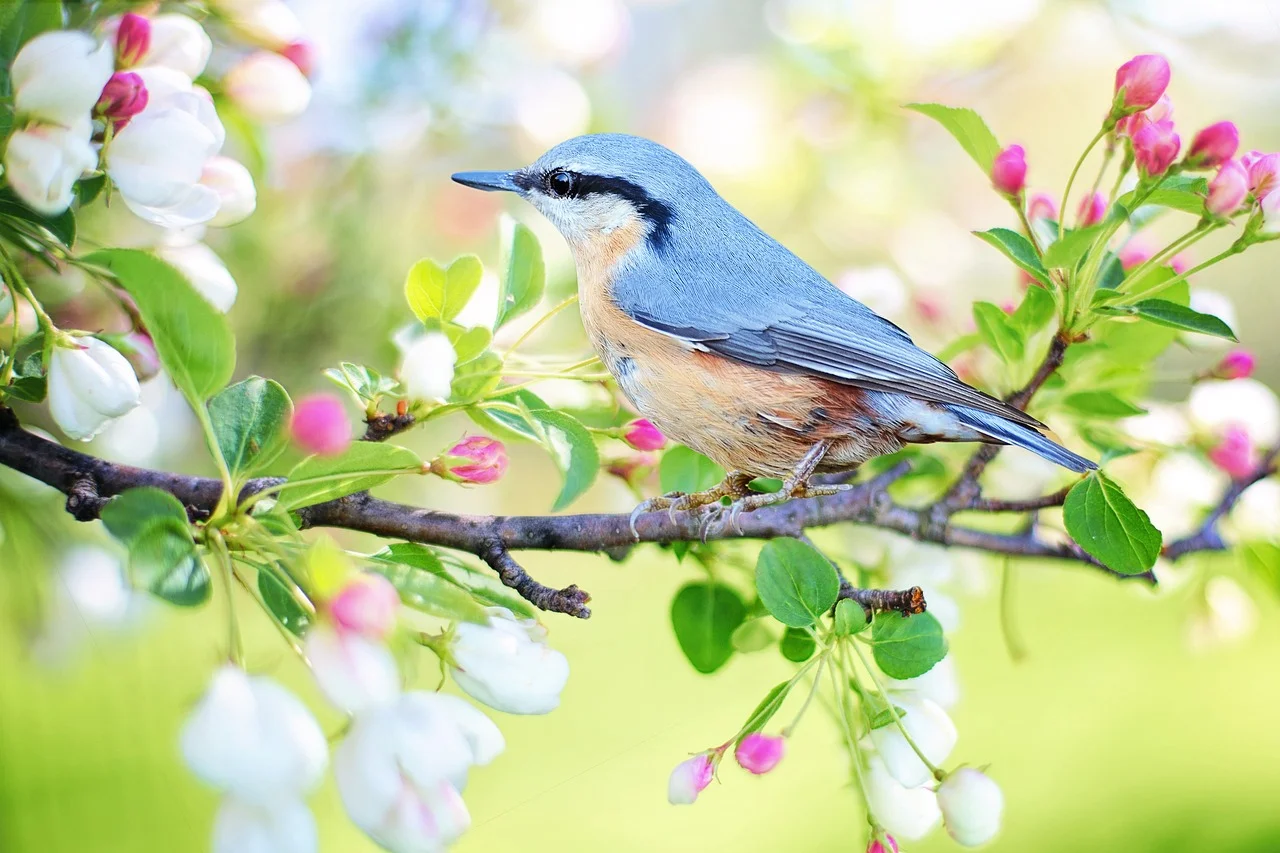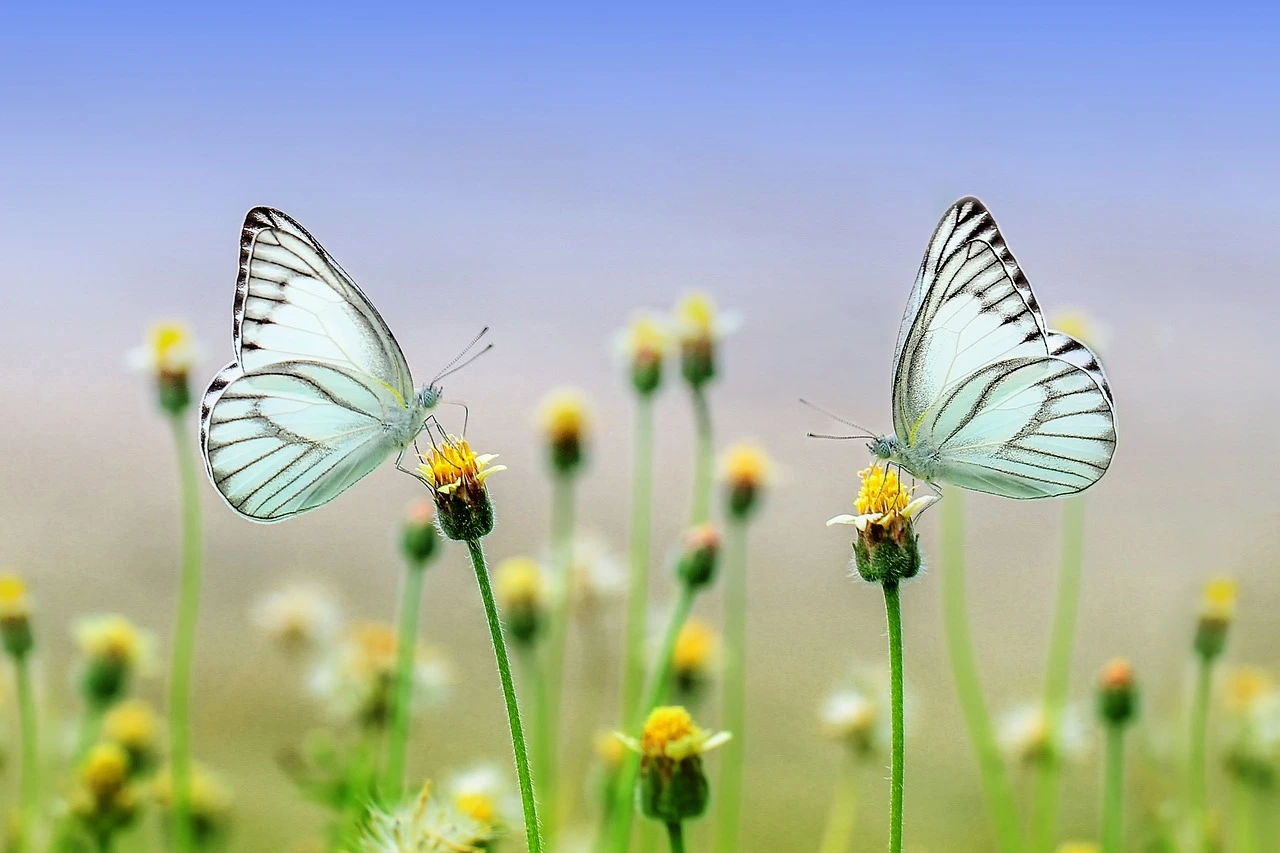As the world awakens from its winter slumber, the first day of spring heralds the start of a new season filled with fresh starts, budding possibilities, and a renewed zest for life.

The first day of spring, also known as the spring equinox, occurs around March 20th or 21st in the Northern Hemisphere.
During the equinox, the Earth’s axis is not tilted towards or away from the sun, resulting in almost equal amounts of sunlight in both hemispheres and nearly equal day and night lengths.
The first day of spring marks the beginning of the season of renewal, growth, and rejuvenation, with blooming flowers, chirping birds, and warmer weather.

First Day of Spring
As the world turns towards a new season, Monday (March 20, 2023) marked the beginning of spring in the Northern Hemisphere. But what does this transition signify?
Well, as the Earth travels around the sun on its tilted axis, the distribution of sunlight on its northern and southern halves varies throughout the year.
However, during the equinox, which occurs twice a year, the Earth is not tilted towards or away from the sun, leading to both hemispheres receiving equal amounts of sunlight and day and night being almost the same length. For those residing north of the equator, the days will keep getting longer as we approach the summer solstice in June.
So, let’s welcome the season of renewal and rejuvenation with open arms as we embrace the beauty of spring.
First Day of Spring 2023
The First Day of Spring in 2023 occurred on March 20th for the Northern Hemisphere. It is also known as the Spring Equinox, a natural phenomenon that happens twice a year when the Earth’s tilt is neither inclined away from nor towards the sun.
During this time, the sun is directly above the equator, resulting in nearly equal amounts of daylight and darkness for both hemispheres. This event marks the beginning of the spring season, a time of renewal and growth, where the weather gradually becomes warmer, and flowers and trees begin to blossom after the cold winter season.
The First Day of Spring 2023 was a time for many people to welcome the new season, enjoy the fresh air, and celebrate the new beginnings.
Also Read:
How Many Days Until Spring 2023?
What is Spring Equinox?
As the Earth orbits around the sun, it does so at an inclined angle. This tilt results in the sun’s rays falling unequally on the northern and southern hemispheres, leading to varying degrees of warmth and light throughout the year.
However, during the equinox, the Earth’s axis and orbit align in such a way that both hemispheres receive the same amount of sunlight. The term “equinox” originates from Latin, meaning “equal” and “night,” as the length of day and night during this event is almost the same, with minor variations depending on one’s geographic location.
The spring equinox, also known as the vernal equinox, usually takes place between March 19th and 21st each year, marking the onset of the spring season. In 2023, it occurred on a Monday at 5:24 p.m. Eastern Time.
Why The First Day of Spring is especial
The first day of spring, also known as the Spring Equinox, is an important and special event for several reasons:
- Symbolism: The first day of spring is associated with new beginnings, rejuvenation, and growth. The onset of the spring season brings with it the promise of warmer weather, longer days, blooming flowers, and budding trees, which serve as powerful symbols of hope, renewal, and regeneration.
- Cultural significance: The first day of spring holds cultural significance in many societies around the world, with various festivals and celebrations held to mark the occasion. For example, in Japan, the start of spring is celebrated with the cherry blossom festival, while in India, the Holi festival marks the onset of spring.
- Scientific significance: The Spring Equinox holds scientific significance as it marks the point at which the Earth’s axis is tilted neither towards nor away from the sun, leading to almost equal daylight and darkness across the globe. This event has been studied by scientists and astronomers for centuries, providing valuable insights into the Earth’s orbit and the changing seasons.
Overall, the first day of spring is special and important because it represents a time of new beginnings, cultural celebrations, and scientific inquiry, all of which contribute to our understanding of the world and our place in it.
How many kinds of Springs?
There are typically two main kinds of spring: meteorological spring and astronomical spring.
- Meteorological spring: This type of spring is based on the annual temperature cycle and divides the year into four seasons of approximately three months each. Meteorological spring in the Northern Hemisphere spans from March to May, while in the Southern Hemisphere, it takes place from September to November.
- Astronomical spring: This type of spring is based on the position of the Earth’s orbit around the sun and is defined by the equinox, which occurs twice a year when the length of day and night is almost equal. The spring equinox marks the beginning of astronomical spring in the Northern Hemisphere, usually around March 20th or 21st, while in the Southern Hemisphere, it marks the beginning of autumn.
Both types of spring are important in different ways and serve as markers of the changing seasons.
Why are two kinds of Springs?
There are two different ways to carve up the year:
- Meteorological season, and
- Astronomical season
Meteorological seasons are based on the annual temperature cycle and divide the year into four seasons, each lasting approximately three months. According to this calendar, spring has already begun on March 1st and will last until May 31st, based on weather patterns.
On the other hand, astronomical seasons are determined by the position of the Earth’s orbit around the sun. The start of spring and autumn is marked by equinoxes, which occur when the sun’s rays fall equally on both hemispheres.
In contrast, the start of summer and winter is marked by solstices, which occur when the Earth experiences its strongest tilt toward or away from the sun.
While meteorological and astronomical seasons differ in their methods of measurement, both are important in understanding the changing seasons and the impact of the Earth’s orbit on our planet.
Some FAQs (Frequently Asked Questions)
Here are some frequently asked questions related to the first day of spring:
What is the first day of spring?
The first day of spring is the day of the year when the spring equinox occurs. In the Northern Hemisphere, this usually falls on March 20th or 21st.
Is March 21 always the first day of spring?
The vernal equinox happens on March 19, 20, or 21 every year in the Northern Hemisphere. In the Southern Hemisphere, this same event marks the beginning of fall.
Is March a winter or spring?
The seasons are defined as spring (March, April, May), summer (June, July, August), autumn (September, October, November), and winter (December, January, February).
Is spring hot or cold?
Spring is neither hot nor cold. Spring is warm. Flowers begin to bloom in spring.
Does spring always start in March?
Many refer to Astronomical Spring on March 20, as the first “official” day of spring. Most meteorologists will argue that spring begins a few weeks before, on March 1st. Meteorological spring began March 1, summer begins on June 1, fall begins on September 1 and winter begins on December 1.
How long does spring last?
Spring lasts for approximately three months, from the spring equinox in March to the summer solstice in June.
What happens on the first day of spring?
On the first day of spring, both hemispheres receive an equal amount of sunlight and the length of day and night is almost equal. It marks the beginning of the spring season and the end of winter.
What is the significance of the first day of spring?
The first day of spring is significant because it marks the start of a new season and a time of renewal and growth in the natural world. It is also a time when many cultures celebrate new beginnings and the return of longer, warmer days.
Does the first day of spring always fall on the same day?
No, the first day of spring can vary depending on the year and the location on the planet. It usually falls on March 20th or 21st in the Northern Hemisphere but can occur as early as March 19th or as late as March 22nd.